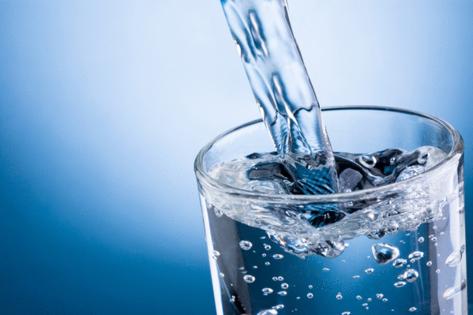Cost of bringing clean drinking water to California communities estimated at $11.5 billion
Published in News & Features
California has made significant progress helping small communities address problems of contaminated drinking water, but the costs of bringing safe tap water to hundreds of communities over the next five years will run more than $11.5 billion, according to a new state estimate.
In a newly released report, the staff of the State Water Resources Control Board estimated that at the start of this year approximately 913,000 Californians depended on public water systems that are failing to comply with drinking water regulations, while an additional 1.5 million people depended on water systems that are determined to be “at-risk.”
Officials carried out the assessment nearly five years after the state established the Safe and Affordable Funding for Equity and Resilience, or SAFER, drinking water program. They said in the report that under the program, the state water board has since 2019 given more than $831 million in grants for drinking water projects in disadvantaged communities, and that about 250 failing water systems serving more than 2 million people have come into compliance with drinking water standards.
“What our analysis has shown time and again is that the common denominator is size,” said Joaquin Esquivel, chair of the state water board. “Small systems struggle, especially in communities that have experienced discrimination and disinvestment, and their challenges will be amplified as weather grows more extreme, new contaminants emerge and costs increase.”
California declared access to clean, safe and affordable water a human right in 2012, but the state has faced significant challenges in developing policies and securing adequate funding to bring solutions for communities where people live with contaminated tap water.
In small rural communities across the state, the water pumped from wells contains harmful levels of contaminants including naturally occurring arsenic, bacteria from sewage leaks, nitrate from animal manure, fertilizers or other sources, and carcinogenic chemicals.
Not all systems that are deemed to be failing deliver water that is contaminated, but many of them have at least one contaminant at levels that violate safe drinking water standards.
According to state data, about 56% of the 385 failing water systems supply disadvantaged communities, and 67% of them supply majority communities of color.
“All of our current failing water systems are on track to come off the failing list,” said Kristyn Abhold, senior environmental scientist for the state water board. “They are working on long-term solutions, and our staff and funding resources are being targeted to the ones that are in most need.”
State water regulators have found that the vast majority of the failing water systems serve a small number of residents, while 98% of the state’s population receives water from sources and suppliers that meet drinking water standards.
...continued
©2024 Los Angeles Times. Visit at latimes.com. Distributed by Tribune Content Agency, LLC.







Comments